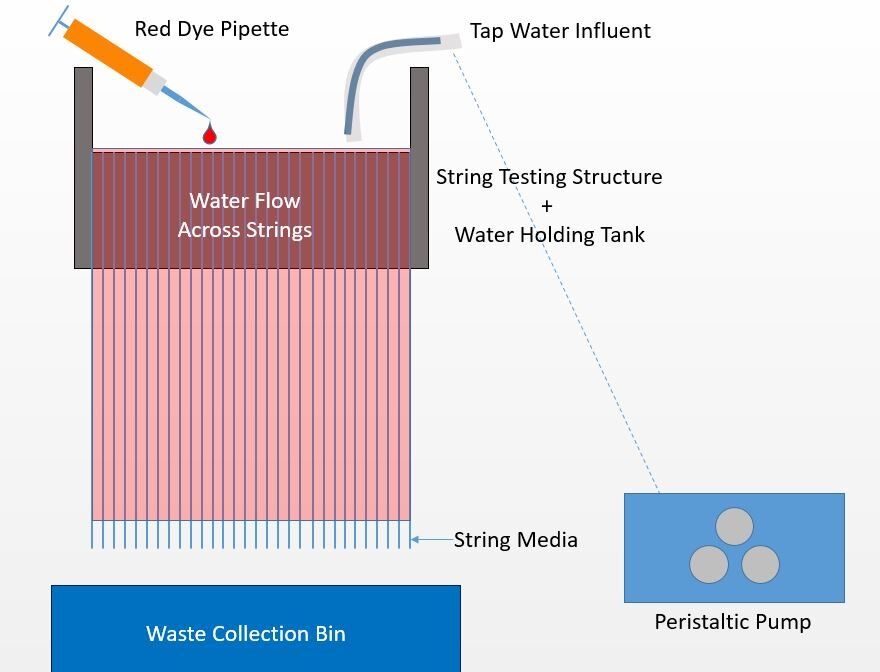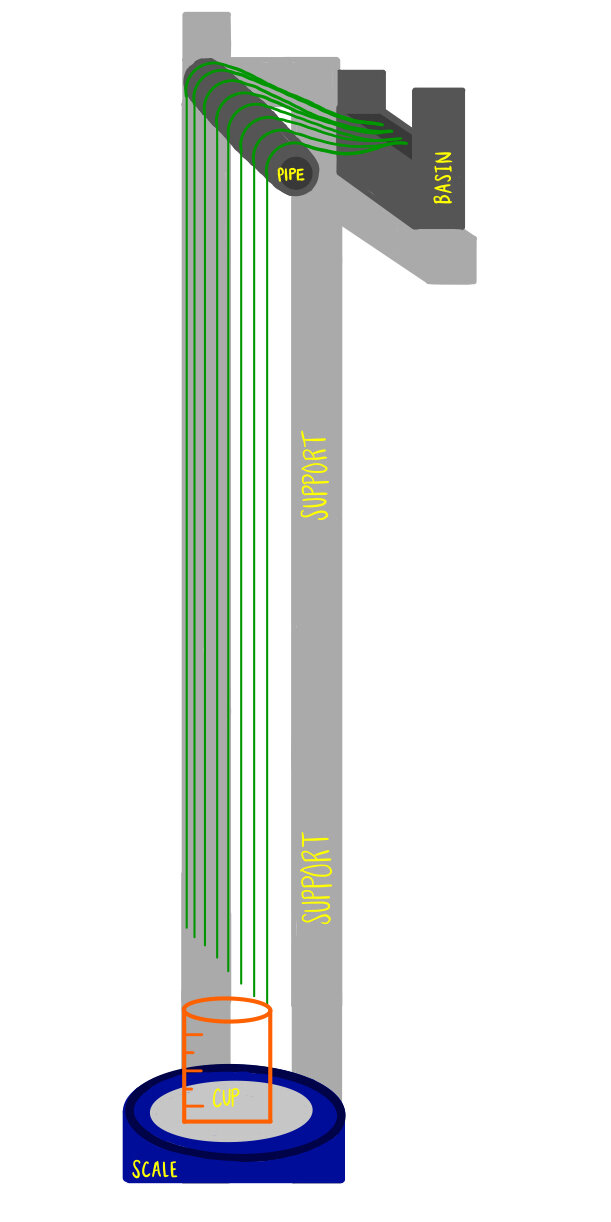Rosalie Krasnoff, Zsofia Szegletes, Madeline Garell, Antonio Martinez
ABSTRACT:
The string digester team’s objective for the Fall 2018 semester was to continue research on designing a new wastewater treatment system to eliminate problems associated with current trickling filters. To improve consistency in wastewater treatment, experiments were conducted using strings to optimize surface area. The long-term goal of this team is to create an efficient wastewater treatment system that will perform secondary and tertiary treatment on domestic wastewater. Initial tests involving different string materials, biofilm growth, and string spacing helped define design parameters for the construction of a functioning string digester.




